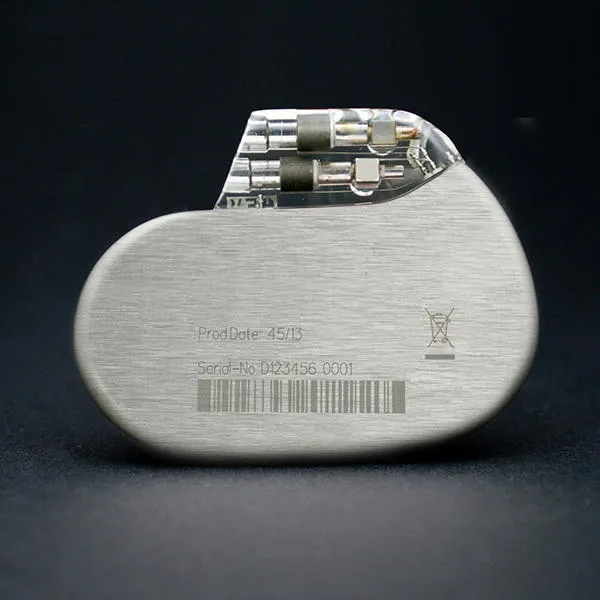The term ‘medical device' covers a broad range of items. Mainly it is referred to as an apparatus or a piece of equipment that is used to treat or diagnose a condition which comes into direct contact with the patient. This could be a simple pair of contact lenses, or a more sophisticated device such as a pacemaker.

With this in mind, regulations surrounding medical devices tend to be placed under more stringent scrutiny. Under the Food & Drug Administration's (FDA) rule in the United States, manufacturers have been required to implement Unique Device Identification (UDI) on all medical product packaging since September 2014.
Now, in light of the recently adopted EU Medical Device Regulation (MDR), European medical device manufacturers will face tougher regulations to ensure their products are safe-to-use under new EU regulations that are scheduled to come into effect from May 26th, 2020 onwards.
We will now see the introduction of a new UDI system that means, medical devices sold in EU member states will need to include a UDI code which will be recorded in an EU database called EUDAMED. With these regulations coming into effect, manufacturers now have a responsibility to invest in a solution that allows them to apply traceability codes onto products as well as their packaging.

How does the EU regulation affect coding and marking?
With the new EU regulations, medical device manufacturers are required to ensure that a UDI code is registered in EUDAMED for every single item they produce by the May 2020 deadline. There are then timelines in place for the application of UDI codes onto the medical device, starting with the critical risk devices, Class III.
Failure to comply with the legislation could have severe repercussions. Manufacturers will no longer be able to supply their products to other EU member states. Fee payers and healthcare providers are obliged to not accept devices without UDI codes that are up to the required standard.
As a result, manufacturers now face a responsibility to familiarise themselves with the exact requirements of the legislation and ensure they have a coding and marking solution in place that can meet their needs, ahead of the stipulated deadline. However, to understand these requirements, a comprehensive audit and evaluation of the technologies available on the market is required.
To see more on how the medical devices legislation could affect you and the role of coding and marking in the medical devices sector, download our whitepaper today.